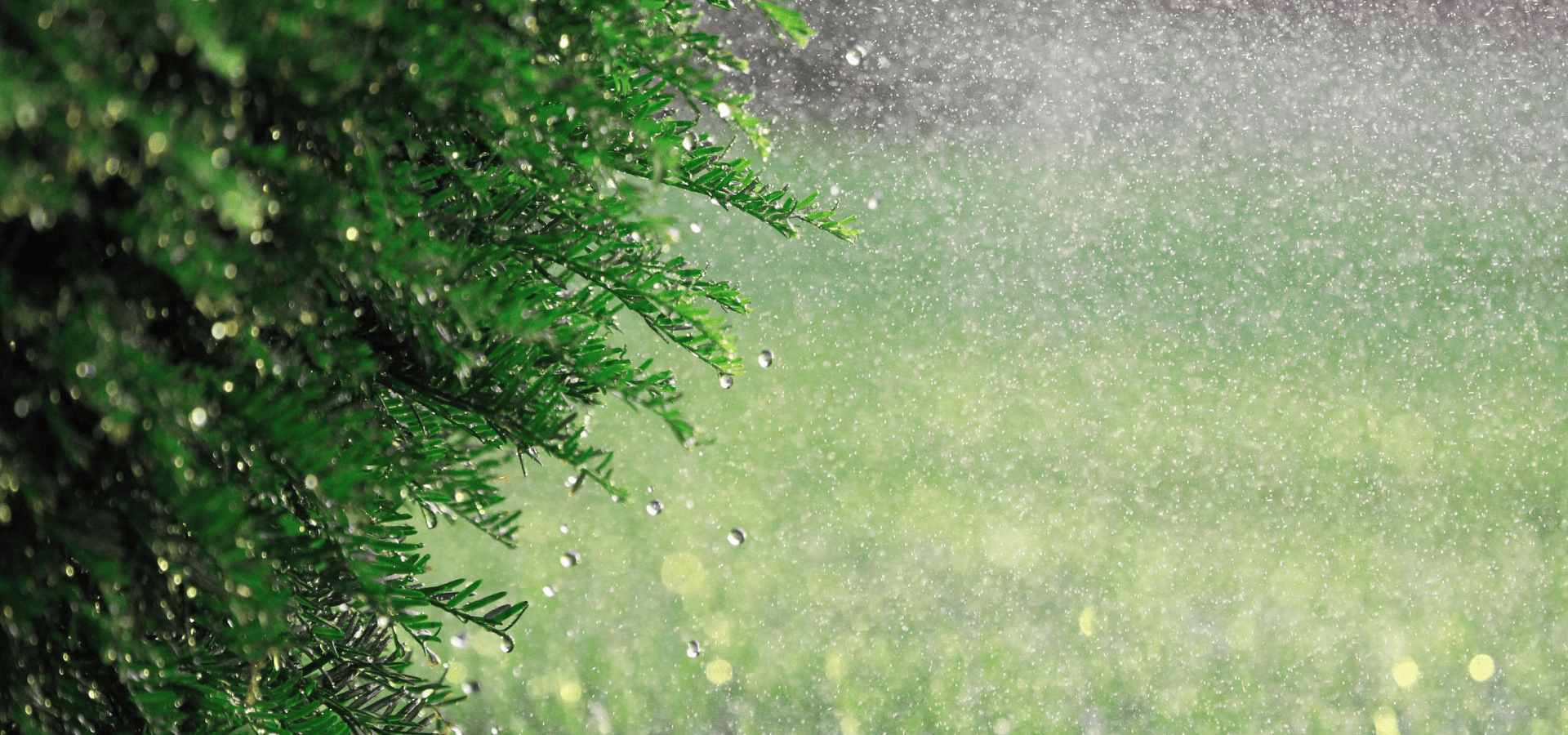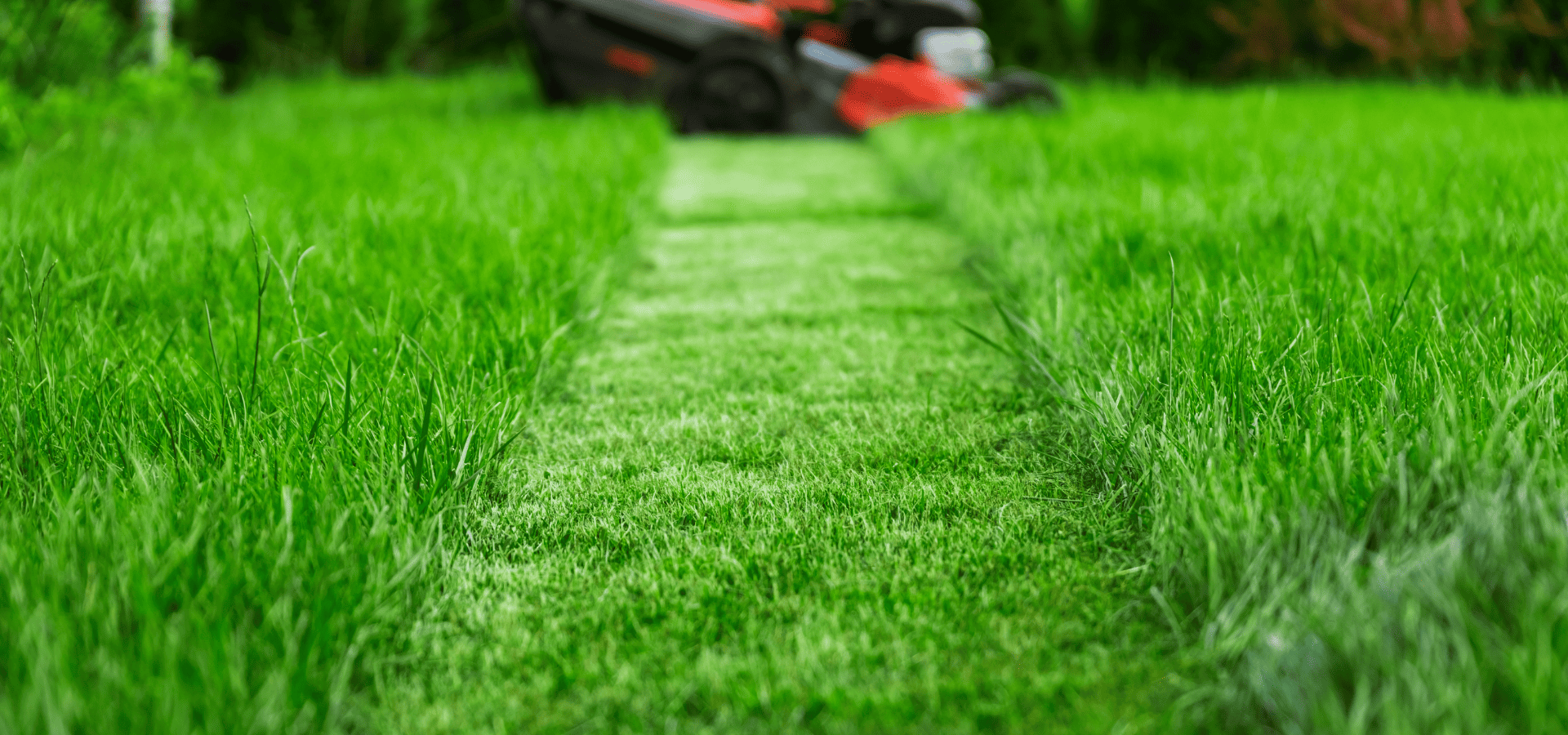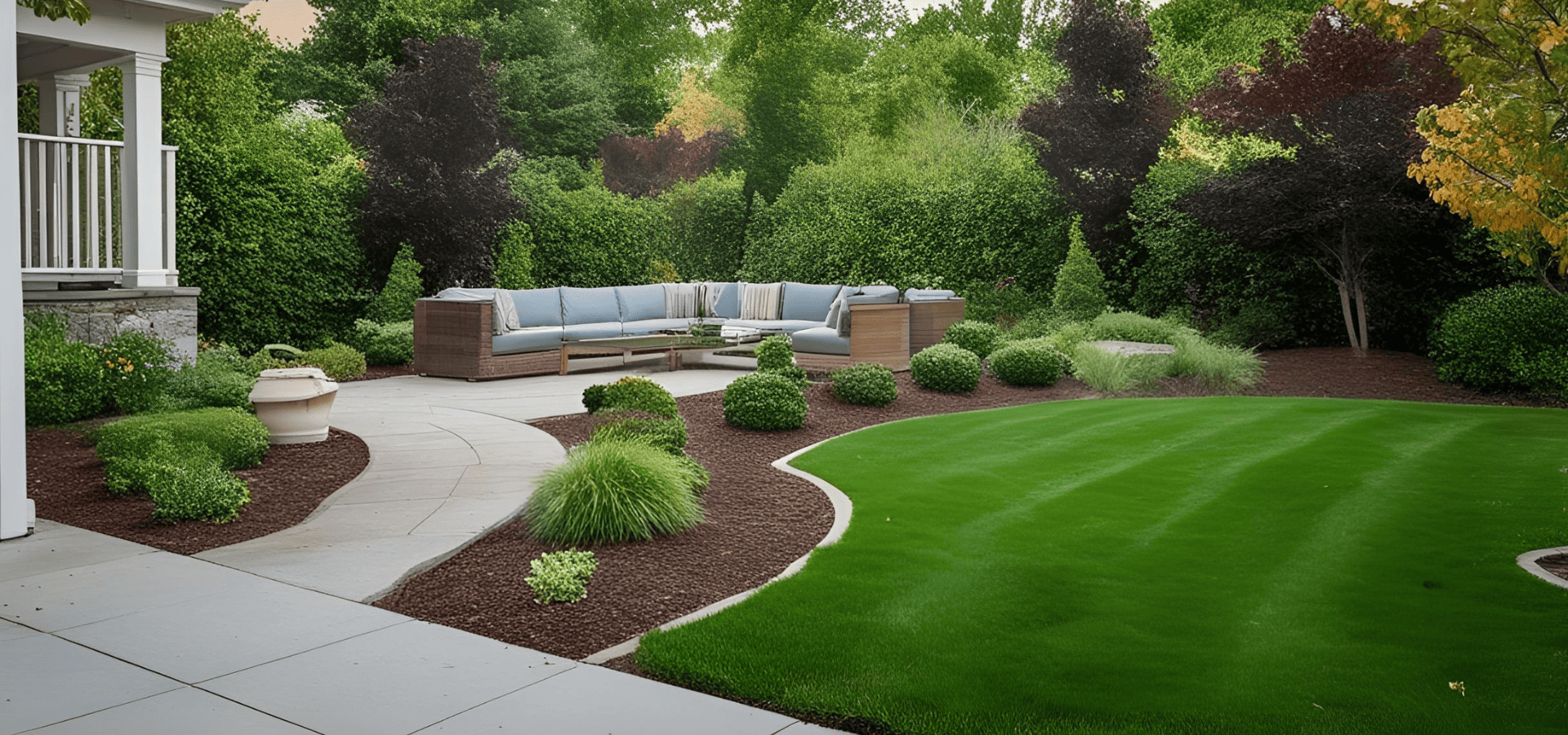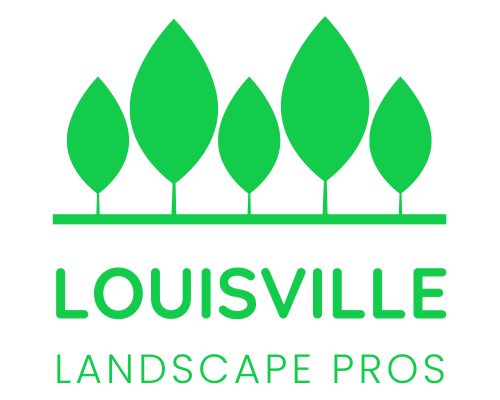Landscaping on a Budget: Affordable Solutions for Louisville Homeowners
Landscaping can significantly enhance the aesthetic appeal and value of your home. However, the costs associated with it can be daunting. For Louisville homeowners looking to beautify their outdoor spaces without breaking the bank, this guide offers practical, affordable landscaping solutions. Let’s explore how you can transform your yard on a budget.
Assess Your Space and Needs
Evaluate Your Yard
Begin by assessing the current state of your yard. Take note of what’s already there: plants, trees, walkways, and other features. Identify areas that need improvement or could be enhanced.
Prioritize Projects
Determine which areas require the most attention. Is your lawn patchy? Do you need more shade? Prioritizing projects helps you focus on what matters most, ensuring your budget is spent wisely.
Set a Budget
Setting a realistic budget is crucial. Decide how much you’re willing to spend and allocate funds to different aspects of the project. This will help you avoid overspending and keep your project on track.
Plan and Design
DIY Landscape Design
Designing your landscape doesn’t have to be expensive. There are many free resources and tools available online that can help you plan your yard layout. Websites like Garden Planner and apps like iScape offer easy-to-use design tools.
Simple Design Principles
Stick to simple design principles like balance, unity, and repetition. These concepts are easy to apply and can make a big impact without the need for expensive materials or professional help.
Incorporate Existing Features
Make the most of what you already have. Mature trees, established plants, and existing hardscaping can serve as focal points or foundations for your new design, reducing the need for new purchases.
Affordable Plant Choices
Native Plants
Native plants are a great choice for budget-conscious homeowners. They’re well-suited to Louisville’s climate, require less water and maintenance, and support local wildlife. Consider plants like Eastern Redbud, Black-Eyed Susan, and Butterfly Weed.
Perennials vs. Annuals
While annuals can add vibrant color, they need to be replaced every year. Perennials, on the other hand, come back year after year, offering long-term value. Hostas, daylilies, and coneflowers are excellent perennial choices for Louisville gardens.
Plant Swaps and Sales
Take advantage of local plant swaps and seasonal sales. These events are a great way to acquire plants at a fraction of the cost. Louisville has several community gardens and horticultural societies that host such events.
Hardscaping on a Budget
DIY Pathways and Patios
Creating your own pathways and patios can save a significant amount of money. Simple gravel paths or stone patios can be installed with basic tools and a bit of elbow grease. Online tutorials can guide you through the process.
Affordable Materials
Choose cost-effective materials like gravel, mulch, and reclaimed bricks or pavers. These materials are durable and can create attractive hardscaping features without the high price tag.
Upcycling and Recycling
Get creative with upcycling and recycling. Old tires, pallets, and other discarded items can be transformed into planters, garden borders, or seating areas. This not only saves money but also adds a unique touch to your landscape.
Watering and Irrigation Solutions
Efficient Watering Techniques
Efficient watering techniques can help you save on water bills. Water your plants early in the morning or late in the evening to reduce evaporation. Using a soaker hose or drip irrigation system ensures water goes directly to the roots.
DIY Irrigation Systems
Consider setting up a DIY irrigation system. These can be made from inexpensive materials like PVC pipes or plastic bottles and can help ensure your plants get the water they need without wastage.
Rain Barrels
Rain barrels are an excellent way to collect and reuse rainwater for your garden. They’re relatively inexpensive and can reduce your reliance on municipal water, saving you money in the long run.
Low-Cost Lawn Care
Alternative Lawn Options
Consider alternative lawn options that require less maintenance and water. Clover lawns, for example, are drought-resistant, low-maintenance, and add a unique look to your yard.
DIY Lawn Care Tips
Maintaining a healthy lawn doesn’t have to be costly. Regular mowing, aerating, and overseeding can keep your lawn looking lush. Use natural fertilizers like compost or organic lawn feed to nourish your grass without the expense of chemical treatments.
Natural Lawn Treatments
Opt for natural treatments to deal with pests and weeds. Corn gluten meal acts as a natural pre-emergent weed control, and nematodes can help manage pests like grubs. These solutions are often cheaper and safer for the environment.
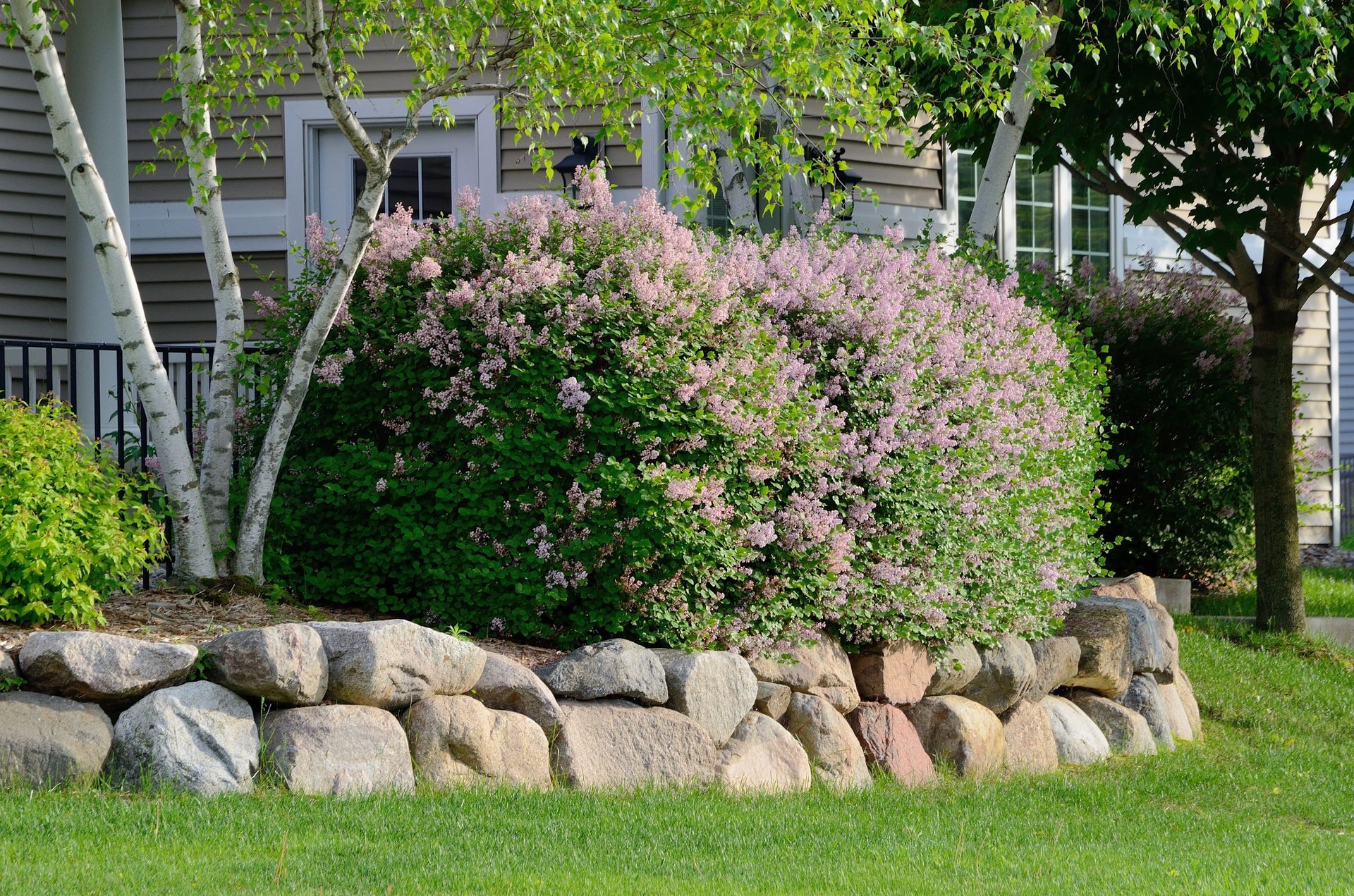
Decorative Elements on a Dime
DIY Garden Décor
Create your own garden décor with items you already have or can find cheaply. Painted rocks, homemade bird feeders, and DIY garden stakes can add personality to your garden without a hefty price tag.
Inexpensive Lighting Solutions
Solar lights are an affordable and energy-efficient way to illuminate your garden. String lights can also create a cozy ambiance and can be found at a low cost, especially during sales.
Creative Planters
Repurpose old items into creative planters. Old boots, teapots, and wooden crates can be transformed into unique plant containers, adding character to your garden while saving money.
Utilizing Community Resources
Local Workshops and Classes
Many local organizations offer free or low-cost workshops on gardening and landscaping. These can provide valuable knowledge and skills that can save you money in the long run. Check with local extension offices or community centers for upcoming events.
Community Gardens
Participating in or visiting community gardens can offer inspiration and practical tips. You can often exchange plants, seeds, and ideas with fellow gardeners, enhancing your landscaping efforts.
Local Landscaping Services
Consider consulting affordable local landscaping services for larger projects. Many offer consultations and can help you with design and execution, ensuring your budget is used effectively.
Landscaping on a budget is entirely possible with a bit of creativity and resourcefulness. By assessing your space, planning wisely, choosing affordable plants and materials, and utilizing community resources, you can create a beautiful outdoor space without overspending. Start small, prioritize your projects, and enjoy the process of transforming your Louisville yard into a stunning landscape.
Remember, the key to successful budget landscaping is making the most of what you have and finding cost-effective solutions that work for your specific needs and environment. Happy gardening!
You might also like
